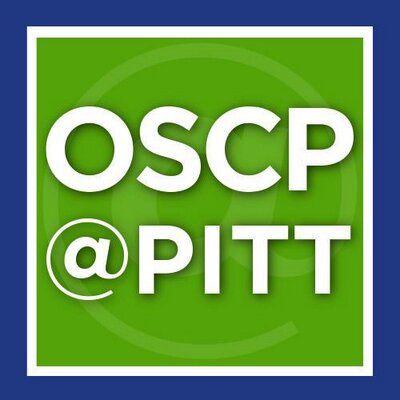Treat, Benjamin
(2018)
Factors influencing HSV-1 CD8+ T cell populations and their function during ganglionic latency.
Doctoral Dissertation, University of Pittsburgh.
(Unpublished)
Abstract
Herpes simplex virus type 1 (HSV-1) latency in sensory ganglia such as trigeminal ganglia (TG) is associated with a persistent immune infiltrate that includes effector memory CD8+ T cells that can influence HSV-1 reactivation. In C57BL/6 mice, HSV-1 induces a highly skewed CD8+ T cell repertoire, in which half of CD8+ T cells (gB-CD8s) recognize a single epitope on glycoprotein B (gB498-505), while the remainder (non-gB-CD8s) recognize, in varying proportions, 19 subdominant epitopes on 12 viral proteins. The gB-CD8s remain functional in TG throughout latency, while non-gB-CD8s exhibit varying degrees of functional compromise. To understand how dominance hierarchies relate to CD8+ T cell function during latency, we characterized the TG-associated CD8+ T cells following corneal infection with a recombinant HSV-1 lacking the immunodominant gB498-505 epitope (S1L). Instead, there was a general increase of non-gB-CD8s with specific subdominant epitopes arising to codominance. In a latent S1L infection, non-gB-CD8s in the TG showed a hierarchy targeting different epitopes at latency compared to acute times, and these cells retained an increased functionality at latency. These data indicate that loss of the immunodominant gB498-505 epitope alters the dominance hierarchy and reduces functional compromise of CD8+ T cells specific for subdominant HSV-1 epitopes during viral latency. To address how expression from the viral genome influences this CD8+ T hierarchy, we developed recombinant in the S1L background that expressed ectopic gB498-505 copies under the influence of several candidate promoters with different expression kinetics. Ectopic epitope expression from the early or strong promoters restored full gB-CD8 immunodominance. However, epitope expression from candidate viral true late gene promoters resulted in delayed or severely reduced priming efficiency of gB-CD8s, with indications of low levels of late epitope expression in the TG sufficient to retain primed gB-CD8s. Epitope expression from latently active promoters could efficiently attract and expand gB-CD8s in the TG. These data indicate that viral antigen expression during latency will influence the CD8+ T cell hierarchy that is monitoring a latently infected TG.
Share
| Citation/Export: |
|
| Social Networking: |
|
Details
| Item Type: |
University of Pittsburgh ETD
|
| Status: |
Unpublished |
| Creators/Authors: |
|
| ETD Committee: |
|
| Date: |
24 April 2018 |
| Date Type: |
Publication |
| Defense Date: |
5 March 2018 |
| Approval Date: |
24 April 2018 |
| Submission Date: |
23 April 2018 |
| Access Restriction: |
No restriction; Release the ETD for access worldwide immediately. |
| Number of Pages: |
139 |
| Institution: |
University of Pittsburgh |
| Schools and Programs: |
School of Medicine > Molecular Virology and Microbiology |
| Degree: |
PhD - Doctor of Philosophy |
| Thesis Type: |
Doctoral Dissertation |
| Refereed: |
Yes |
| Uncontrolled Keywords: |
Virology, Immunology, Herpes Simplex Virus, CD8+ T cells, Latency |
| Date Deposited: |
24 Apr 2018 13:34 |
| Last Modified: |
24 Apr 2018 13:34 |
| URI: |
http://d-scholarship.pitt.edu/id/eprint/34378 |
Metrics
Monthly Views for the past 3 years
Plum Analytics
Actions (login required)
 |
View Item |








